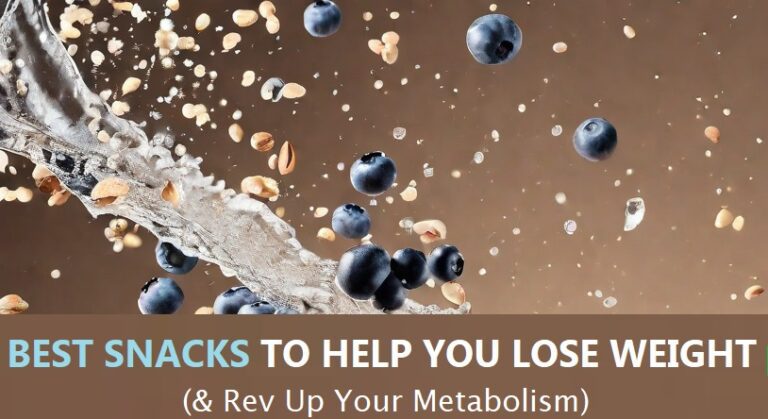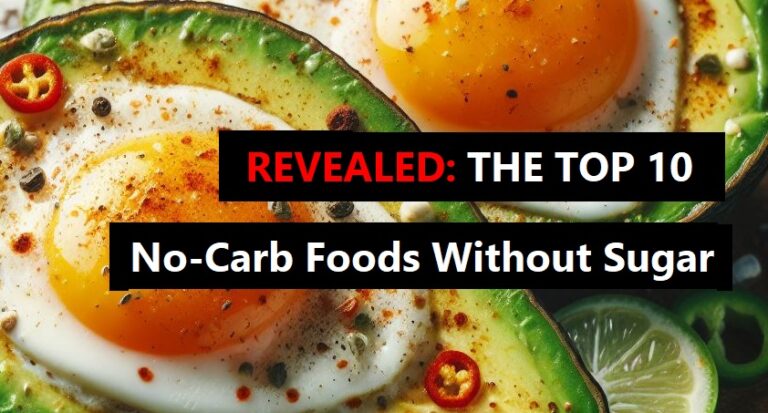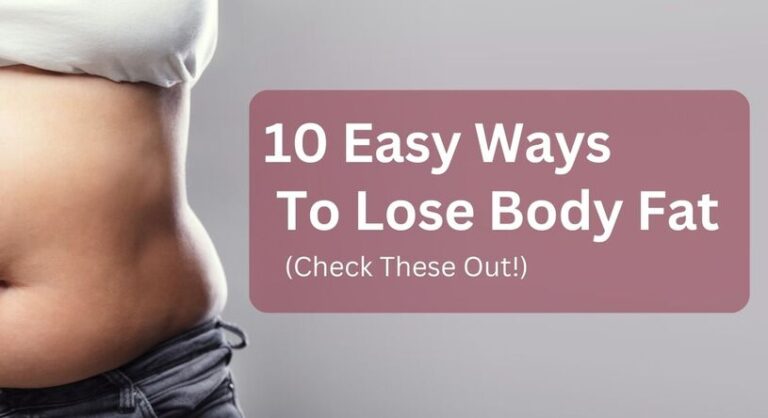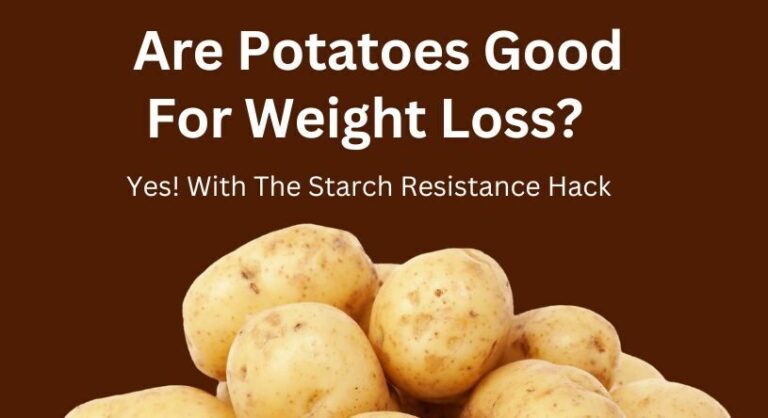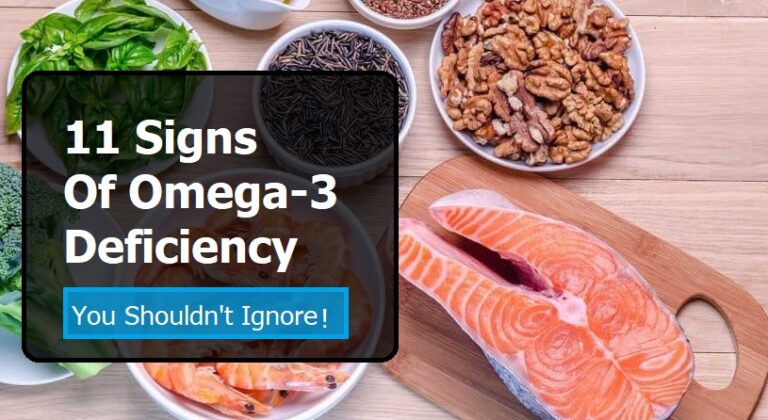Top 5 Protein Mistakes Sabotaging Your Weight Loss Journey
I want to let you in on a little secret – protein can help you lose weight, but only if you avoid some key mistakes. I’ve been there, done that with protein, and learned the hard way what not to do. Trust me, mess this up and protein will totally backfire on your weight loss goals. So let me walk you through the top 5 protein mistakes to steer clear of if you want to slim down.
Contents
Mistake 1: Not Getting Enough Protein
One of the biggest protein mistakes is actually not getting enough of it. I know it sounds counterintuitive. But researchers have shown time and again that protein is crucial for reaching that ultimate body composition goal – dropping fat while hanging onto hard-earned muscle.
The problem is, most people think they’re already getting enough protein when in reality, their intake far too low. Where does this misconception come from? The misleading USDA guidelines. They recommend only 0.8 grams of protein per kilogram of body weight per day.
That amount is ridiculously small for what we’re trying to accomplish here. It may prevent deficiency, but it won’t maximize fat burning and muscle building.
And that is exactly what we want when trying to slim down. Losing muscle is never the goal – we’re after losing body fat. So don’t be shy with your protein intake. Getting plenty of high-quality protein is step one to losing pounds the right way while staying toned and strong.
The Truth About the USDA’s Protein Guidelines
The USDA protein guidelines were never meant to be some magical number for weight loss or peak performance. Their humble 0.8 grams per kilogram was simply intended to prevent deficiency, period.
But achieving our lean, toned physiques calls for so much more protein than that bare minimum! Recent research makes this clear, suggesting a baseline of at least 1 gram per kilogram of body weight daily. And even that often won’t cut it for most folks striving for weight loss and muscle growth.
The USDA’s tiny protein recs may prevent deficiency on paper, but they sure won’t accelerate fat burning.
Finding the Right Protein Intake
Here’s the real deal for us active folks pursuing weight loss: even with moderate activity, you need at least 1.2 grams of protein per kilogram to see results. And for those of you training hard and heavy? Bump that up to around 1.6 grams per kilogram of body weight.
This is miles away from the minute USDA recs. Their 0.8 grams wouldn’t fuel a mouse on a treadmill, let alone an intense exercise regimen. To really transform your body composition, double their protein guidelines as a baseline. This will help ensure you lose fat without losing those hard-earned muscles. Trust me, protein is key – don’t skimp on it.
Calculating Your Protein Needs
Now you know the truth – more protein is needed than USDA suggests. But how much exactly do you need? Here’s an easy formula: take your body weight in pounds and multiply it by 0.8 to 1.2, depending on your activity level. That’ll give you a ballpark protein goal in grams per day. This will help optimize fat loss and maintain that hard-earned muscle.
And don’t forget, protein offers other perks like curbing hunger and sugar cravings thanks to peptide YY. This satiety hormone is released when we eat protein to signal our brain that we’re full and don’t need to snack. Without enough protein and peptide YY, we’re more likely to overeat and gain weight. So, calculate your personal protein needs and start satisfying them. We have a nifty protein intake calculator to help you with this here.
Mistake #2: Not All Proteins Are Created Equal
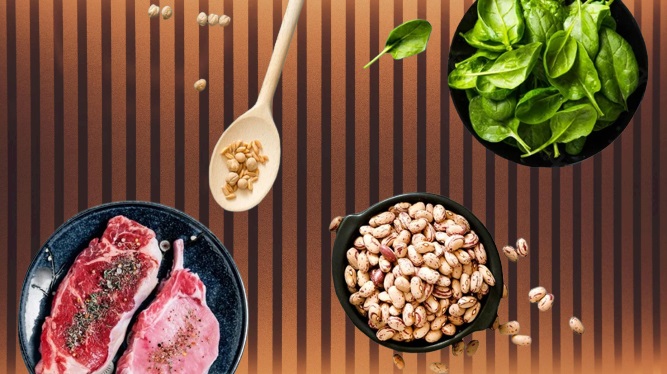

Here’s another big protein pitfall: thinking any and all protein sources are created equal. News flash – they definitely are not! For example, collagen is trendy in smoothies but it’s an incomplete protein that your body doesn’t use the same way as complete sources like Greek yogurt or whey. To fully reap protein’s benefits for weight loss and muscle growth, quality matters big time.
For those that consume animal products, complete proteins are easy to find in fish, eggs, chicken, yogurt and other animal foods. Anyone on a plant based diets, look for high-quality options like protein powders and fermented soy products. And pay attention to the protein’s DIAAS score – that measures digestibility and quality. Plant proteins with impressively high DIAAS include peas, edamame, soy, and fava beans.
Mistake #3: Getting the Scoop on Protein Powder Servings
Protein powders seem like an easy way to up your protein intake, right? Well hold up, powder pals – mistake #3 is messing up your scoops! Here’s the deal: when a protein powder says it has 20 grams protein per serving, you gotta know how many scoops make that serving. Whey powders often need two scoops per serving, while plant proteins only need one.
So if you swap brands, beware: assuming one scoop of whey equals one serving could shortchange your protein intake by half! Always read the label to ensure you nail the true serving size and get your full protein dose.
Mistake #4: Skimping on Protein as You Age


Here’s a protein mistake to avoid as you get older: thinking you need less protein just because you’re not as active as you used to be. I know, it seems logical that less exercise equals lower protein needs. But, as we age, our protein requirements actually increase.
Here’s why: starting around age 50, we tend to lose bone and muscle mass faster. So even with less activity, you need more protein just to maintain what you’ve got. Essentially, skimping on protein puts you in a deficit and accelerates age-related muscle and bone loss.
The fix? Be proactive and aim for 1.6 grams of quality protein per kilogram of body weight daily. This compensates for age-related protein losses and keeps you strong. Don’t buy into the myth that protein needs decline with age – staying generous with your protein intake will keep you active, toned and thriving for years to come.
Mistake #5: Skipping Post-Workout Protein
One last protein mistake I see all too often: neglecting to get in some protein after your sweat sessions. I know, the last thing you want to do after crushing a workout is force down a shake or meal. But trust me, it’s crucial for muscle recovery and growth.
The reason is that right after exercising, your muscles are primed and ready to soak up nutrients, especially protein. Feeding them protein fast puts those muscles into growth overdrive so they repair stronger and bigger. This boosts your metabolism too, accelerating fat burning.
My advice? Always pair your workouts with a hearty protein-packed post-sweat snack. Greek yogurt, protein smoothies, eggs, or even a protein bar will do the trick. Don’t skip this muscle-building opportunity.
Bottom Line – 5 Protein Mistakes To Avoid
The protein path to weight loss success certainly has its pitfalls, but armed with the right knowledge, you can dodge those protein mistakes. Remember to aim high with your protein targets – don’t settle for puny USDA amounts.
Seek out complete, high-quality proteins and calculate your ideal daily dose. Mind your scoops when protein powder is involved and never skimp on protein intake as you age. Keep quick proteins on hand for meals and snacks and be sure to feed those muscles after workouts.
Whey or plant, powder or whole food, protein is a powerful ally. Treat it with care and reap the benefits – a revved metabolism stabilized blood sugar, and a lean, toned physique. You’ve got this!






